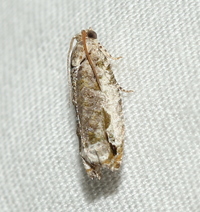
| Recorded by: David George on 2025-05-17
Durham Co.
Comment: | 
| Recorded by: Chuck Smith on 2025-05-16
Davidson Co.
Comment: |

| Recorded by: Jim Petranka and Becky Elkin on 2024-06-03
Madison Co.
Comment: | 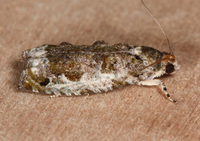
| Recorded by: Jim Petranka and Becky Elkin on 2024-06-03
Madison Co.
Comment: |
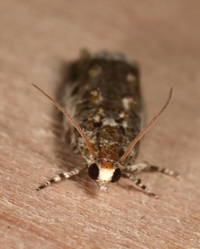
| Recorded by: Jim Petranka and Becky Elkin on 2024-06-03
Madison Co.
Comment: | 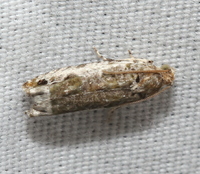
| Recorded by: David George, Rich Teper on 2024-05-13
Chatham Co.
Comment: |
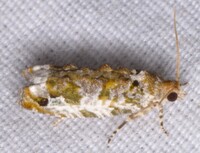
| Recorded by: David George, Stephen Dunn, Jeff Niznik on 2024-04-29
Chatham Co.
Comment: | 
| Recorded by: Gary Maness on 2022-05-21
Guilford Co.
Comment: |
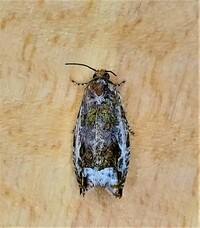
| Recorded by: Gary Maness on 2022-05-18
Guilford Co.
Comment: | 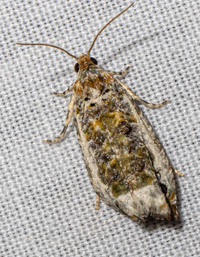
| Recorded by: Stephen Hall on 2022-05-15
Orange Co.
Comment: |
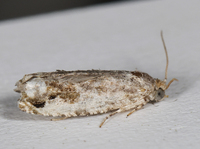
| Recorded by: John Petranka on 2022-05-09
Orange Co.
Comment: | 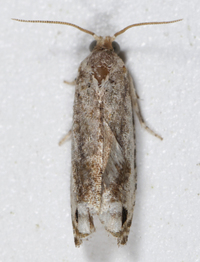
| Recorded by: John Petranka on 2022-05-09
Orange Co.
Comment: |
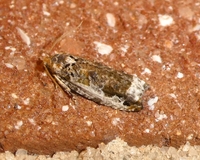
| Recorded by: Simpson Eason on 2022-05-03
Durham Co.
Comment: | 
| Recorded by: Jeff Niznik on 2022-05-02
Wake Co.
Comment: |
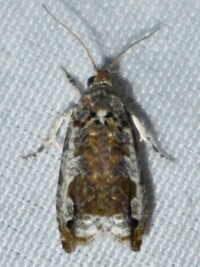
| Recorded by: Jeff Niznik on 2022-05-02
Wake Co.
Comment: | 
| Recorded by: Ken Kneidel on 2021-05-26
Mecklenburg Co.
Comment: |
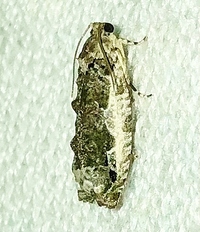
| Recorded by: Ken Kneidel on 2021-05-26
Mecklenburg Co.
Comment: | 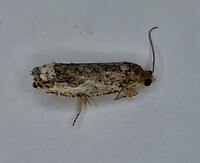
| Recorded by: Gary Maness on 2021-05-21
Guilford Co.
Comment: |
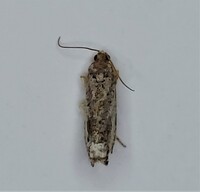
| Recorded by: Gary Maness on 2021-05-21
Guilford Co.
Comment: | 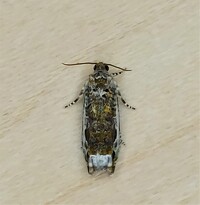
| Recorded by: Gary Maness on 2021-05-18
Guilford Co.
Comment: |
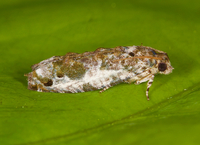
| Recorded by: jim Petranka on 2021-05-16
Madison Co.
Comment: | 
| Recorded by: jim Petranka on 2021-05-16
Madison Co.
Comment: |
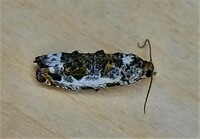
| Recorded by: Gary Maness on 2021-05-01
Guilford Co.
Comment: | 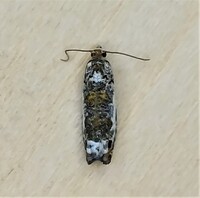
| Recorded by: Gary Maness on 2021-05-01
Guilford Co.
Comment: |

| Recorded by: Gary Maness on 2021-04-27
Guilford Co.
Comment: | 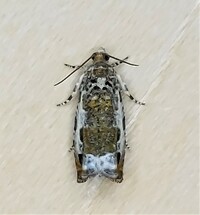
| Recorded by: Gary Maness on 2021-04-27
Guilford Co.
Comment: |
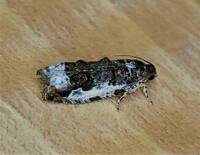
| Recorded by: Gary Maness on 2021-04-20
Guilford Co.
Comment: | 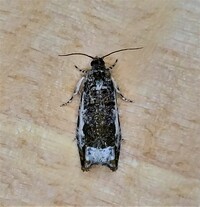
| Recorded by: Gary Maness on 2021-04-20
Guilford Co.
Comment: |
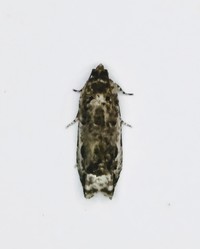
| Recorded by: Gary Maness on 2020-06-01
Guilford Co.
Comment: | 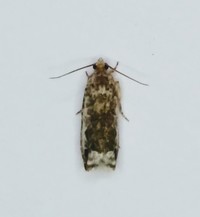
| Recorded by: Gary Maness on 2020-05-25
Guilford Co.
Comment: |
|

 »
»
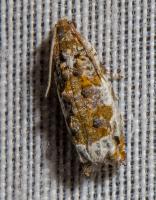



 »
»


